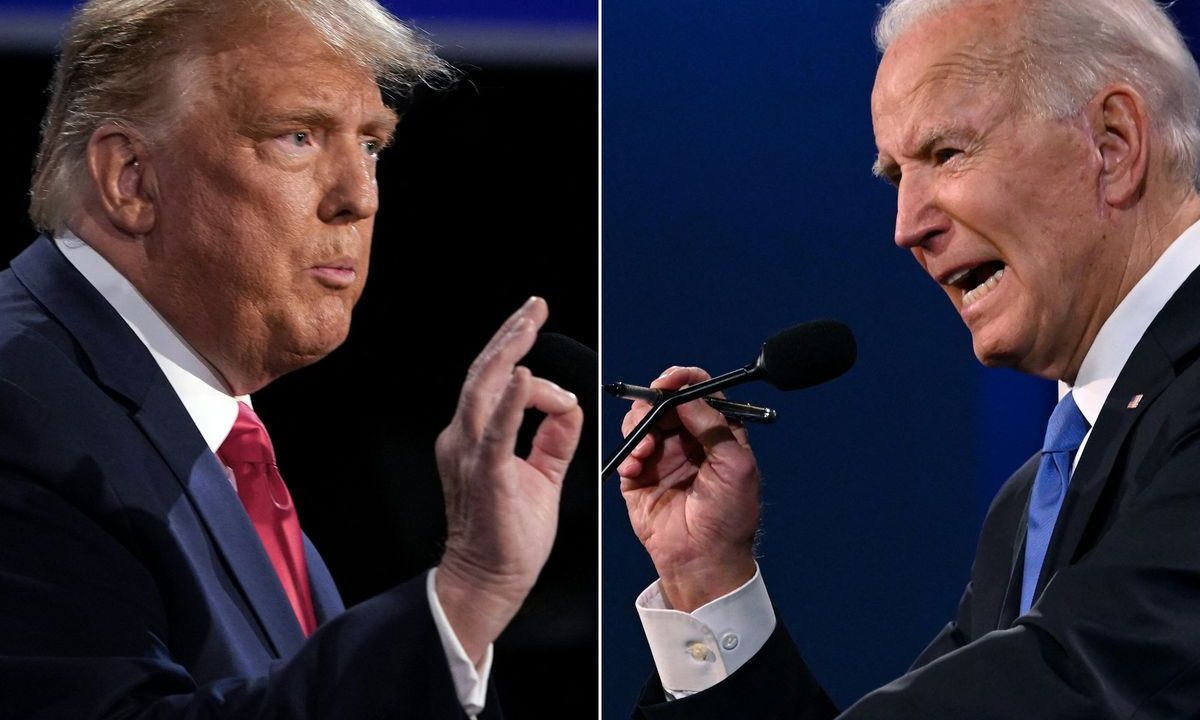In the shadow of the presidential race, the upcoming Tuesday primaries promise to stir the political landscape with significant implications beyond the high-profile battlefields. This pivotal moment in the electoral calendar is not only about the clash of titans Joe Biden and Donald Trump but also a test of political currents and allegiances within the House, where candidates vie for positions that could reshape party lines and influence future legislative directions.
As the nation’s eyes dart towards Ohio’s intense Senate race, the undercurrents of Tuesday’s primaries across Illinois, California, and Ohio carry equal, if not more, strategic weight for the upcoming general elections. Ohio and Illinois are poised to be battlegrounds where House seats are up for grabs, potentially altering the congressional balance. Additionally, incumbents in Illinois face stiff challenges, and in California, the outcome could send shockwaves through the Republicans’ slim House majority.
Central to Illinois’ political theatre is the litmus test of Trump’s endorsement in the 12th District. GOP Rep. Mike Bost, buoyed by Trump’s backing, confronts former state Sen. Darren Bailey, showcasing the enduring influence of Trump’s endorsement within the party’s dynamics. This contest underlines the intraparty skirmishes and the quest for the ‘true’ conservative standard-bearer.
In Illinois’ 7th District, Rep. Danny Davis encounters a formidable rematch against community organizer Kina Collins, spotlighting the internal Democratic tussles and the significant role of external funding, as evidenced by the United Democracy Project’s involvement. This race exemplifies the ideological divides and strategic positioning within the Democratic Party, as candidates navigate a complex web of local and national issues.
The battlegrounds extend to Ohio, where Republicans eye key districts as opportunities to fortify their House majority. The 9th and 13th Districts are especially critical, with the GOP aiming to unseat entrenched Democrats through a combination of local appeal and national issues. These races reflect broader strategies and the significance of district-level dynamics in shaping the congressional landscape.
Illinois’ 17th District presents a slightly different narrative, with Democratic Rep. Eric Sorensen defending a seat in a territory leaning towards the Democrats. The Republican primary, however, underscores the party’s concerted efforts to challenge Democratic incumbents, highlighting immigration and border policies as central campaign themes.
California’s special election for the 20th District emerges as a microcosm of the broader national context. The outcome could immediately impact the Republicans’ narrow House majority, underscoring the strategic importance of every seat in Congress. This race also emphasizes the immediacy of electoral consequences, with the potential for a swift transition to congressional duties.
Moreover, Ohio’s 6th District special primary introduces another layer of intrigue, with candidates vying for a vacancy that epitomizes the ongoing reshuffling within the Republican ranks. This race, along with others, accentuates the interconnectedness of local and national politics, where individual districts contribute to the broader narrative of control, policy direction, and party identity in Congress.
As Tuesday approaches, the primaries are not merely a prologue to November’s elections but a critical juncture in American politics. They are a testament to the ongoing evolution of party ideologies, the enduring influence of national figures, and the strategic battles waged in the quest for congressional dominance. The outcomes will shape the political landscape, setting the stage for the pivotal clashes that lie ahead in the fight for control of Congress.

